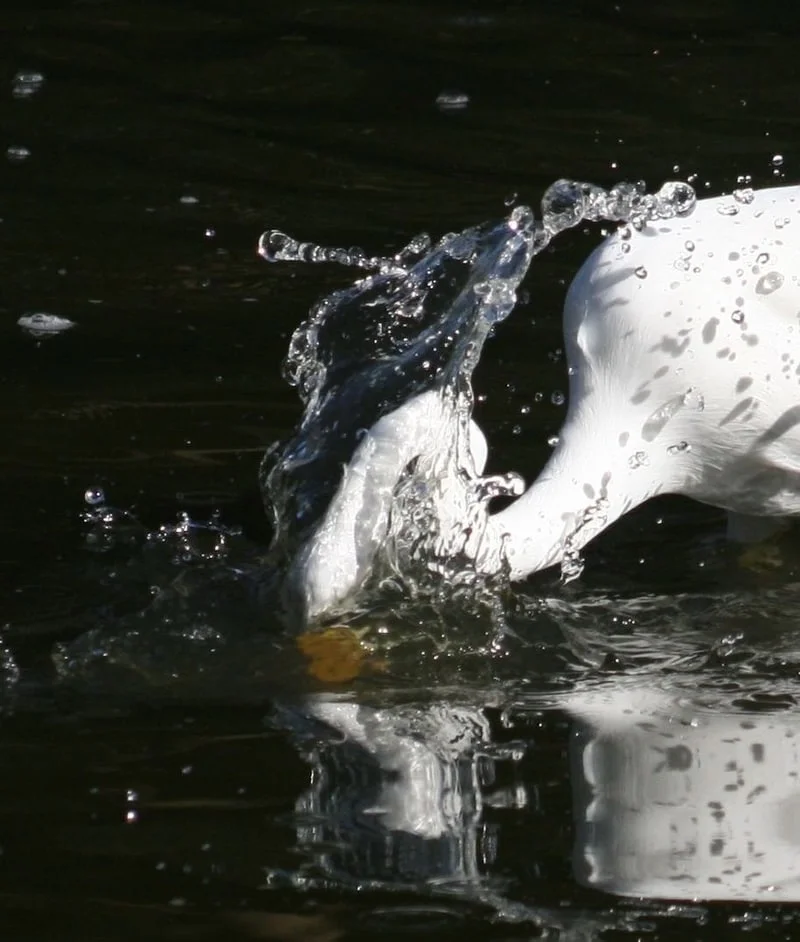
Drug manufacturing facilities are like many other manufacturing facilities when products are being produced: things get messy. Pharmaceutical ingredients are mixed by a number of large machines, and then pressed into tablets or inserted into capsules. When a run is completed, nearly every surface of the manufacturing environment is caked in powdery drug residues. What follows is a clean-up process that involves wiping down machines and vacuuming floors but it’s impossible to eliminate all of the powder completely. Typically, the next step involves hosing down the machines and rooms and then spraying them with alcohol to remove all residual substances. As follows, the contaminated wastewater disappears down a drain and eventually flows into a municipal treatment plant. However, some of it bypasses treatment and—for those plants adjacent to a river or stream—ends up contaminating a nearby water source. Because most treatment plants are not equipped to handle pharmaceutical wastewater, high concentrations of drugs can end up flowing into wildlife habitats, making them highly unsafe.
For about a decade, mixes of a wide variety of drugs have been showing up in fish and aquatic insects, threatening their ability to survive. Recent investigations have uncovered a number of major drug companies dumping large amounts of drugs from their facilities into nearby waterways. This information strongly counters prevailing wisdom that suggested that drug consumers are responsible for drug pollution through urine and flushing old or unused drugs down the drain. However, consumer pollution predominantly results in low concentration contamination. Drugs drained from drug companies are usually found at far higher concentrations, and in terms of what constitutes a poison, it’s the “dose” that makes the difference.
One might be surprised to learn that pharmaceutical wastewater is not regulated in the United States, which not only includes drug manufacturers but also hospitals. However, it’s believed that pharmaceutical concentrations from healthcare facilities is markedly lower, in part because drugs passing through a patient are largely metabolized into less harmful compounds. Also, concentrations are dependent on the amount discharged and how much is diluted in water. Recent reports show that pharmaceutical manufacturers are discharging substantially elevated amounts of a variety of drugs in their wastewater, and are a significant source of environmental contamination.
In fact, testing has discovered found drugs downstream from manufacturing facilities at levels thousands of times higher than uncontaminated rivers, and at wildlife endangering concentrations – a statistic determined by a measurement known as the predicted no effect concentration (PNEC). The PNEC is calculated using a number of thresholds including what amount of a drug would be required to “kill half a population of small organisms”. In the case of aquatic insects, concentrations can be so severe that some refer to them as “pills crawling on the bottom waiting to get eaten by fish.”
Warnings suggest that PNECs may fail to accurately determine the true danger of pharmaceuticals in the environment because they don’t yet test how they affect a creature’s ability to make survivable decisions, in particular when defending itself from predators. Which presents a new problem: what are the high concentrations of drugs in food sources doing up the food chain? Of course, at the top of the chain rests the human animal, who not only eats many of the top predators but processes them for sale and distribution across vast human populations.
Some companies are apparently making changes to better control drug-filled wastewater such as installing wastewater treatment facilities onsite, and some companies have joined together to tackle the rise of antimicrobial resistance by reducing the discharge of antibiotics. But the pharmaceutical industry at large has made no serious effort to reduce pollution from other pharmaceutical ingredients.
Scientists warn that altering animal behavior can affect the long-term survival of fish populations in terms of reproduction, which could eventually lead to species endangerment and death. “It’s the difference between reproducing or not; even life and death. This past year, the European Union announced the need for the pharmaceutical industry to improve its manufacturing disposal methods, but the U.S. continues to remain silent. Still, the Environmental Protection Agency has recently prohibited health care facilities from flushing pharmaceuticals that could be categorized as hazardous waste. These steps will help, but they only address teh smallest part of the problem. If nothing is done on a wider scale, the levels of harmful drugs will simply continue to build.
Need help?
You can find the right application or product using our Tool, or through our Chat Bot.
Keep In Touch
Keep up to date with our latest news and announcements. Unsubscribe anytime.




.svg)
.svg)



